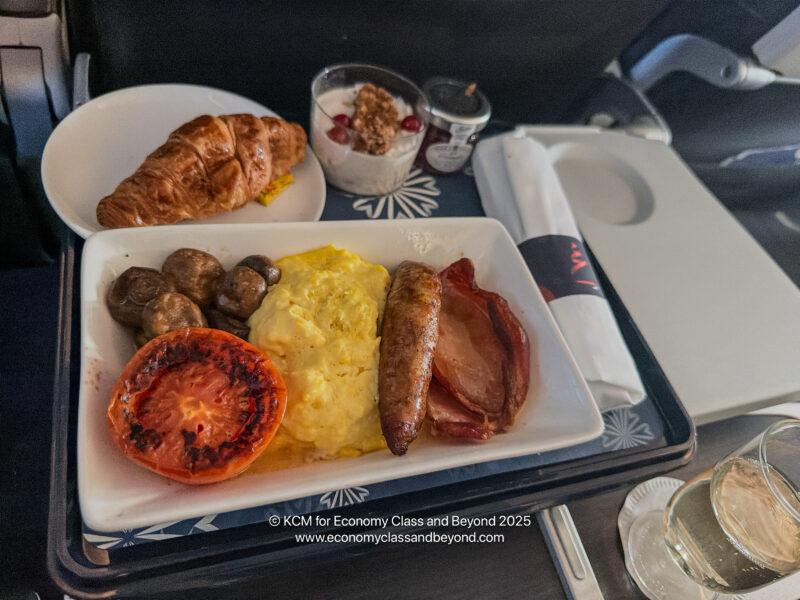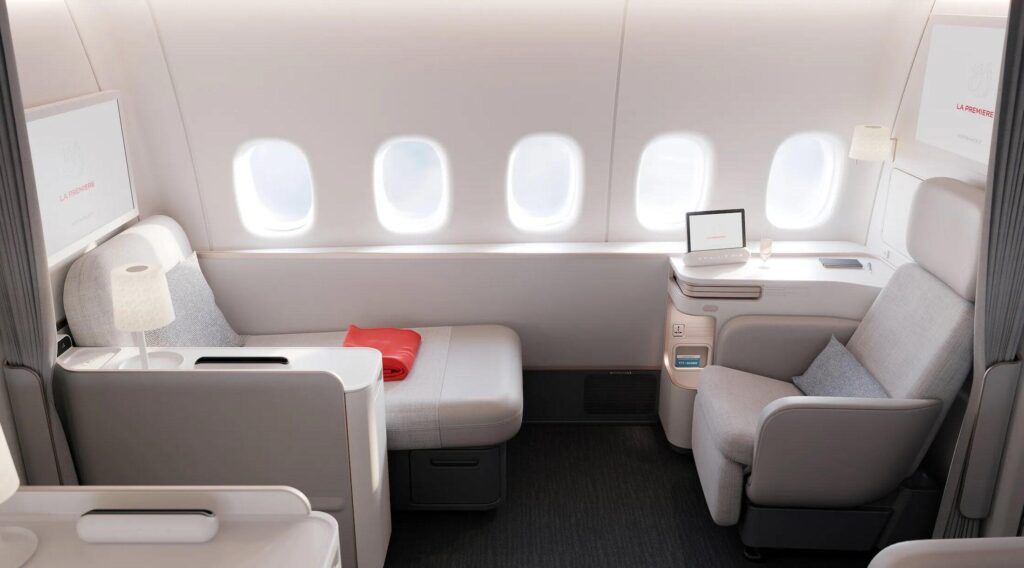
30 Years of Boeing 777: The Twinjet That Revolutionized Long-Haul Travel
By 2025, the Boeing 777 has marked three extraordinary decades of shaping global air travel. I’ve poured over countless accounts of its design evolution, efficiency milestones, and the vast range of airlines that have embraced it across continents. It’s remarkable that a twin-engine aircraft once faced skepticism about intercontinental capabilities, but today, it’s practically synonymous with long-haul reliability and comfort.
1. A New Era of Efficiency and Range
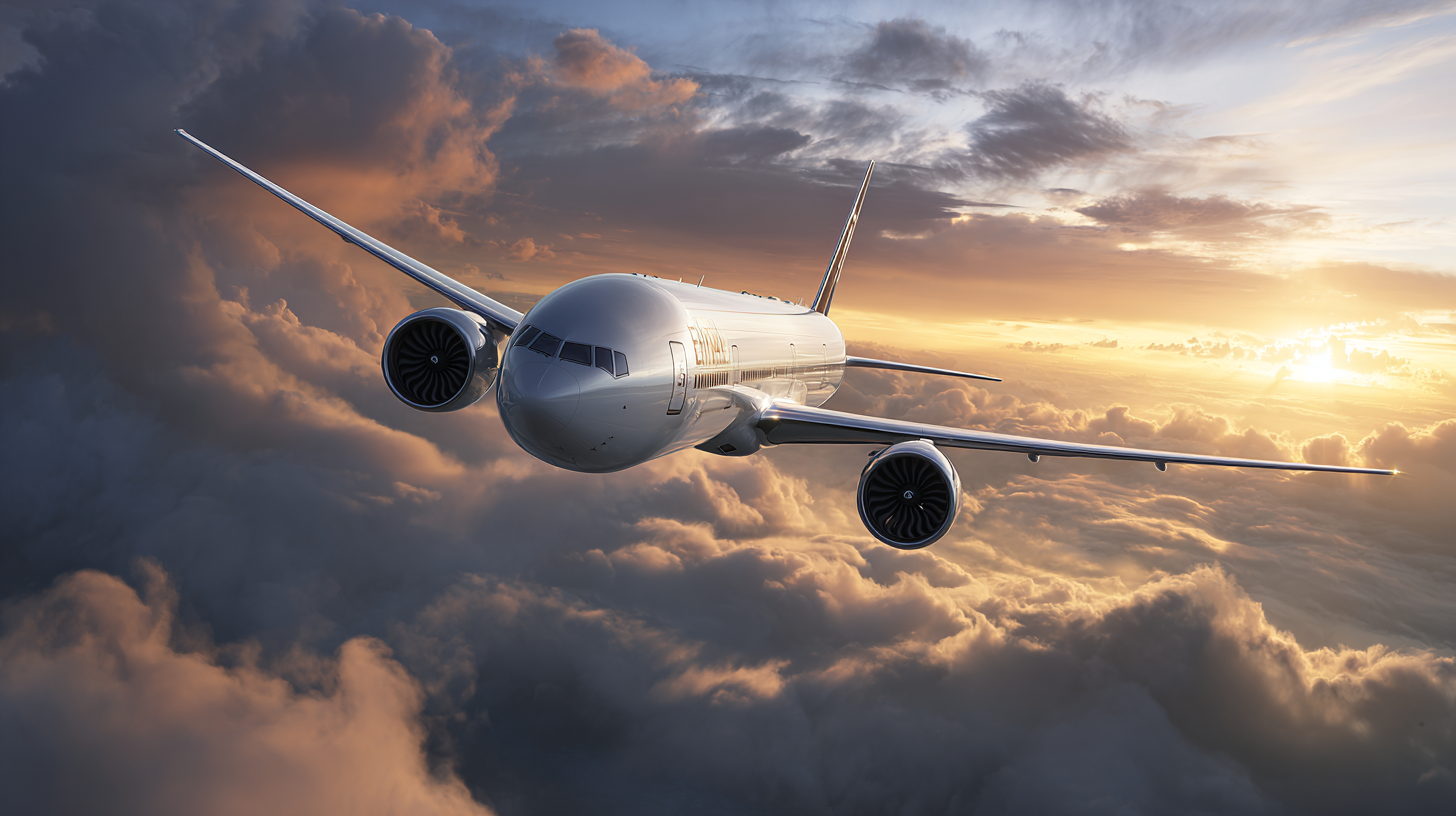
I’ve always been fascinated by the 777’s role in redefining what twinjets can accomplish. From the moment it entered service, the aircraft showcased a cutting-edge blend of aerodynamics, advanced avionics, and powerful GE90 engines. According to industry data, these engines delivered around 20% better fuel efficiency compared to their predecessors, opening up routes that were previously off-limits to twin-engine aircraft.
In my reviews of how airlines employ the 777, I’ve noticed that its capability to fly more than 7,000 nautical miles nonstop fundamentally changed passenger expectations. Sitting on a flight from Dubai to Seattle or Hong Kong to New York without a refueling stop has become so normal that we sometimes forget how groundbreaking that was. The spacious cabin width also provided airlines the freedom to install modern in-flight entertainment systems, premium seating configurations, and innovative amenities that keep frequent flyers coming back.
A recent study suggests that improved aerodynamics and engine performance directly contributed to the 777’s dispatch reliability, which often exceeds 99%. In practical terms, this means fewer delays, a smoother experience for travelers, and the confidence to operate extensive route networks spanning oceans and continents.
2. The 777-300ER: The Ultimate Workhorse
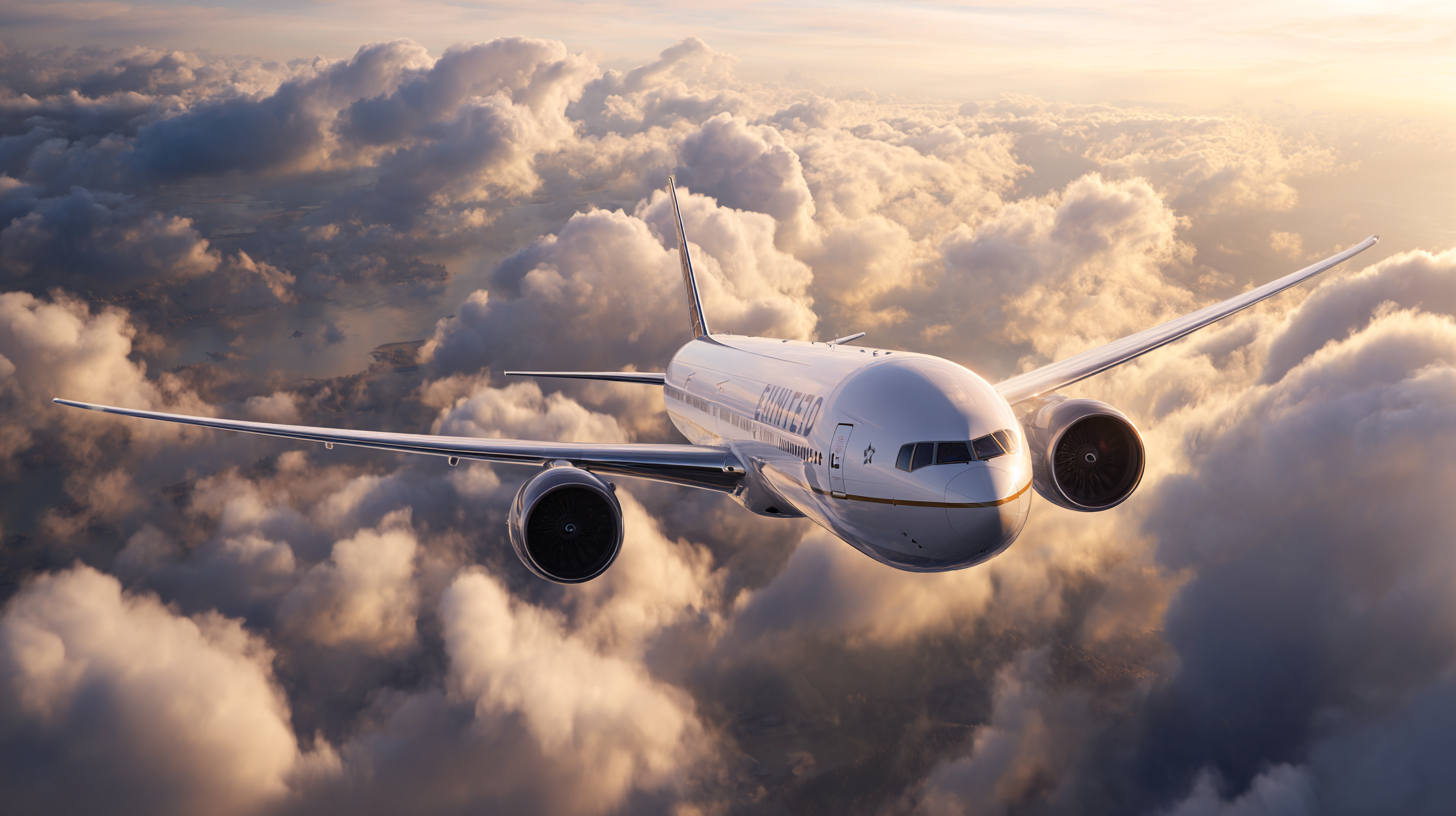
When the 777-300ER debuted in 2004, I read every available review about its increased range and higher passenger capacity. Airlines quickly embraced it for longer-haul routes—up to 7,370 nautical miles—while still maintaining strong fuel economy. Seeing carriers like Emirates and Cathay Pacific roll out these planes on flagship routes made it clear that the 777-300ER wasn’t just another variant; it was a champion of profitability and passenger comfort.
Among the technical marvels, the GE90-115B engines stand out. Their massive diameter and thrust capability once seemed futuristic, yet they’ve become a staple of many fleets. In my research, I’ve come across numerous first-person accounts from maintenance crews praising the relatively straightforward upkeep. It’s no wonder the 777-300ER enjoyed such a long production run—through 2024—underscoring the model’s versatility for airlines seeking both capacity and operational efficiency.
From an aviation-enthusiast standpoint, the 777-300ER etched memories on iconic routes such as Los Angeles–Sydney, London–Dubai, and Singapore–Frankfurt. I’ve followed these routes in countless trip reports, marveling at how flight planners cleverly balance passenger demand, cargo opportunities, and economics. If there ever was a legend among modern wide-bodies, the 777-300ER undoubtedly holds its place.
3. From Debut to Milestones
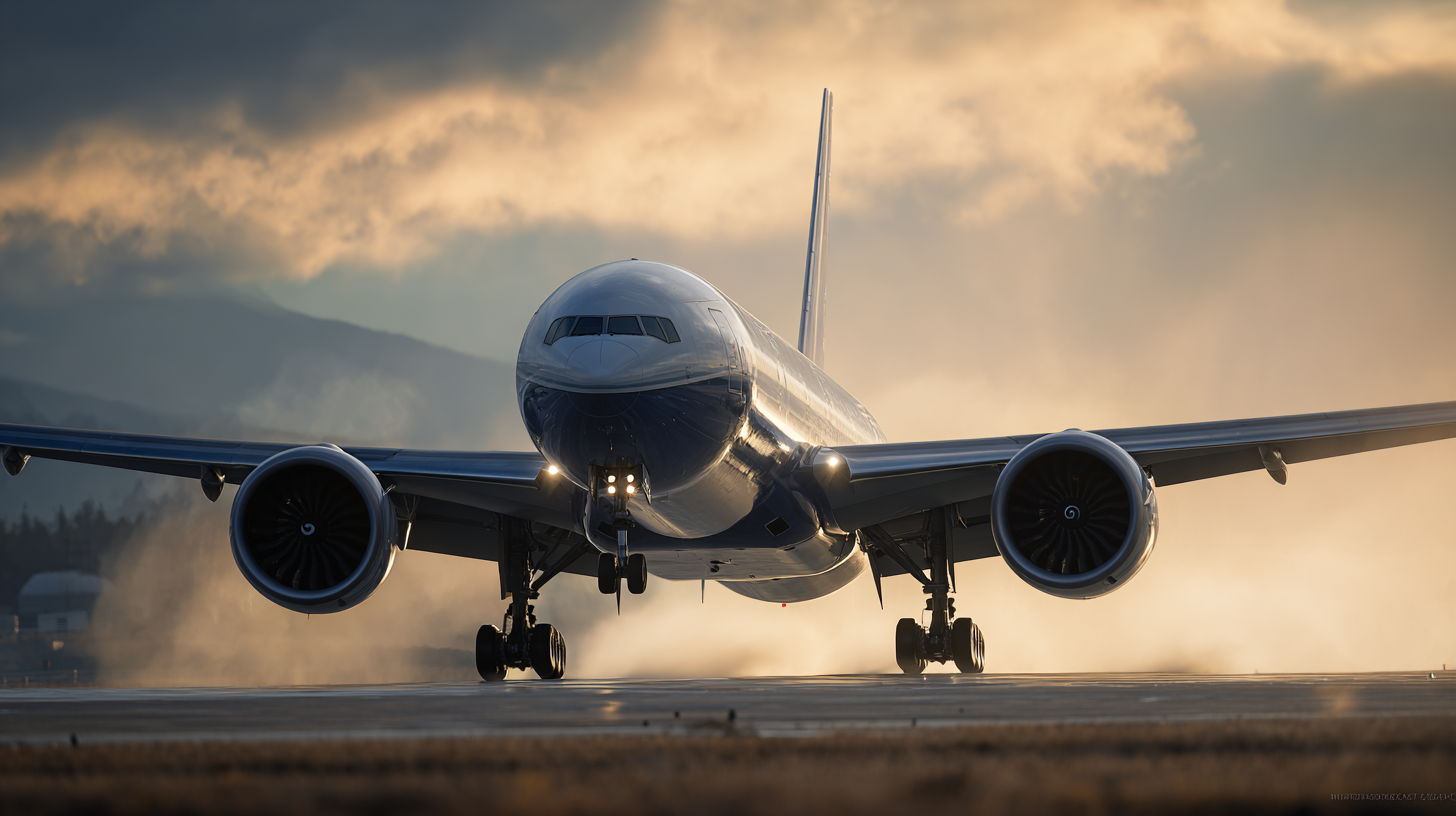
I’ve devoured every historical anecdote about that momentous day in 1995 when United Airlines took delivery of the first 777. It felt like a turning point—no longer were four-engine jets the only option for crossing oceans. ETOPS-180 certification allowed the 777 to safely traverse vast distances, reassuring airlines and passengers alike that flying twinjets was both logical and comfortable.
In my view, one of the aircraft’s greatest achievements is its digital fly-by-wire system. Pilots often applaud its responsiveness and smoother flight control, crediting the 777 with reducing fatigue on lengthy journeys. Over the years, it has set and broken records for twin-engine range, demonstrating the resilience and adaptability of its engines and airframe design.
Seeing photos of an early 777, like United’s N777UA, still in service after nearly three decades exemplifies the program’s longevity. According to Boeing data, the 777 family has logged millions of flights worldwide, cementing it as part of aviation’s golden standard for comfort, safety, and reliability. To me, this legacy speaks volumes about how refined engineering and continuous innovation can keep an airplane relevant far beyond initial forecasts.
4. Evolving with the 777X
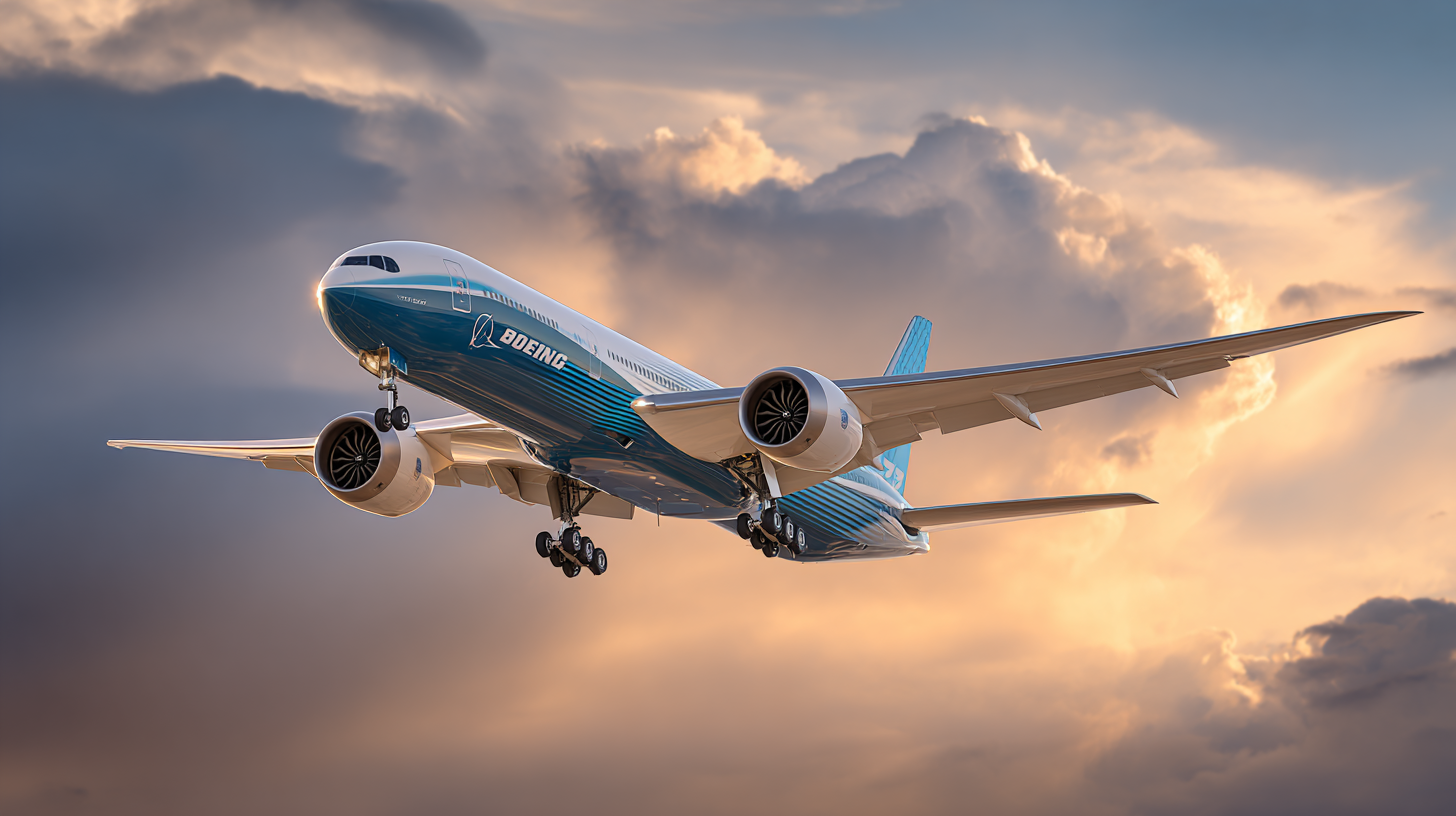
As technology keeps pushing boundaries, the 777X stands at the forefront of what the next era of flying will look like. I’ve closely studied the new GE9X engines, which bring both improved fuel efficiency and quieter operations, a real win for passengers and communities around airports. Folding wingtips, another futuristic feature, let the airplane fit into standard gates despite its broader wingspan.
I find it thrilling that Boeing continued to refine the cabin as well. The anticipated 777-9 boasts larger windows and an even wider interior, making extended journeys less claustrophobic. Airlines have hinted at novel cabin designs with more spacious seating, advanced lighting, and top-notch in-flight entertainment. According to industry sources, the 777X should see its first deliveries in 2026—a slight delay, but one that demonstrates Boeing’s emphasis on rigorous testing and validation.
For me, the 777X embodies a continuation of the same pioneering ethos that defined the original 777: push the limits of twin-engine travel, keep an eye on passenger comfort, and raise the bar for the long-haul experience. I’m eager to see how these next-generation planes will shape flight planning and passenger expectations well into the future.
5. Top Picks for a 777 Experience
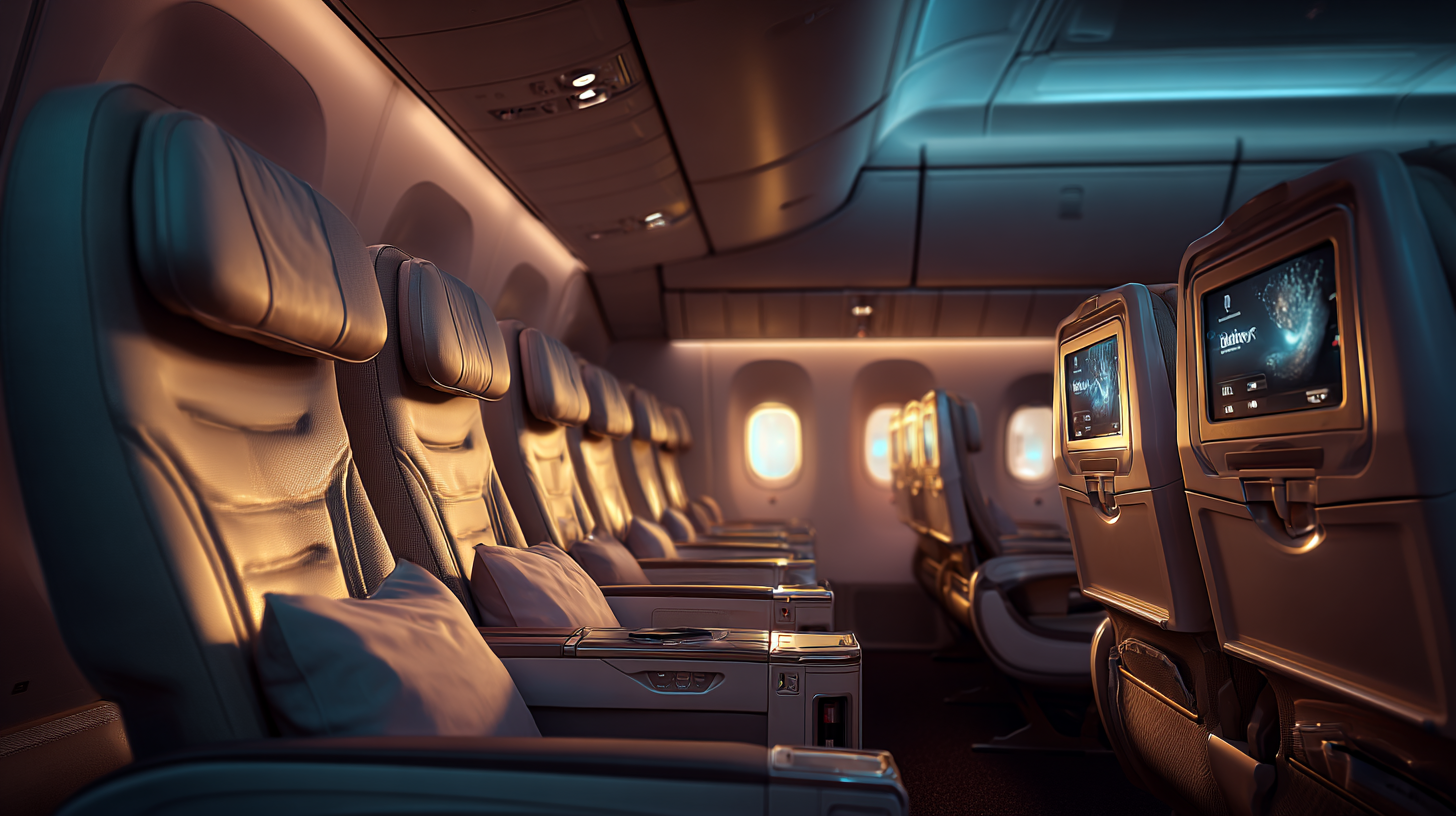
I’ve read countless traveler reports highlighting the premium offerings found on the 777 across various airlines. Emirates, whose 777 fleet is the largest in the world, has cultivated a luxurious experience, complete with lie-flat seats, private suites, and elevated in-flight dining. While I haven’t personally flown their routes, I’ve followed plenty of seat tour videos and they make it clear why so many people list Emirates as a bucket-list carrier.
United, being the launch customer, retains a strong 777 network. Many frequent flyers appreciate the reliability and upgraded Polaris business class seats on longer routes. Qatar Airways is another standout, known for its spacious Qsuite cabins—one of the reasons so many travelers and bloggers rave about their 777 flights. British Airways leverages the 777 on marquee routes like London–New York, where travelers consistently praise its balanced mix of comfort and accessibility. And American Airlines rounds out the top five with extensive international use of the 777, featuring modern interiors and streamlined connections, particularly through major U.S. hubs.
In my observations, the 777’s flexibility allows airlines to tailor cabin layouts to meet diverse traveler expectations—from premium seats for business flyers to comfortable economy sections for families and solo adventurers. After all these years, it’s clear that the 777 remains a keystone for airlines aiming to connect major city pairs nonstop.
Final Thoughts
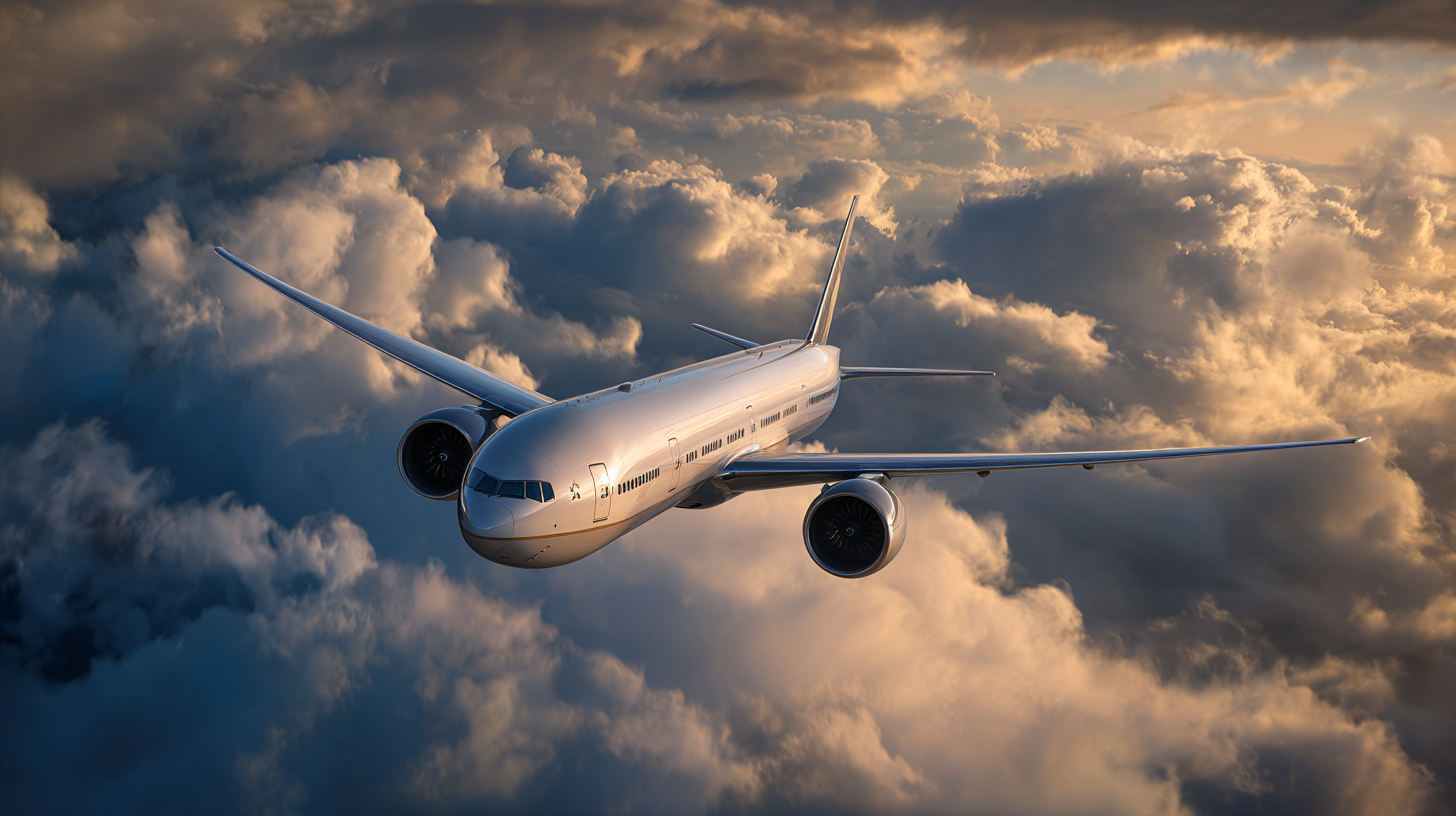
Over its 30-year history, the Boeing 777 has done more than just link distant airports. It has reshaped the entire dialogue around twin-engine flight, proving to the world that efficiency and range don’t have to be mutually exclusive. Aircraft that were once considered cutting-edge eventually retreat into the pages of history, but the 777 has stayed on the frontline, often outlasting or outpacing newer designs.
For anyone looking to understand modern aviation, the 777’s journey from concept to global mainstay offers countless lessons in engineering, business strategy, and passenger experience. Its success story belongs not only to Boeing but also to the airlines, maintenance crews, and travelers who demand and appreciate the airplane’s reliability. From the earliest models to the next-generation 777X, there’s a sense that the best days for this aircraft family might still lie ahead.
As we usher in the future of air travel—touched by sustainability initiatives, evolving passenger preferences, and ever-improving technology—I believe the 777’s longevity is a testament to how a well-conceived product can anchor an entire industry for decades.
Sky Skylar’s Take
I’ve concluded that the 777’s legacy is about more than power and distance; it’s about fostering a new culture of long-haul travel where comfort and efficiency coexist. From everything I’ve studied, I still find myself amazed at how a single aircraft design can leave such an indelible mark on airline operations and the passenger experience.
Seeing the 777 evolve from its initial rollout to the futuristic 777X reaffirms my belief that we are witnessing a golden era of flight—one shaped by bold ideas, advanced engineering, and the collective dream of making our world just a little bit smaller.







